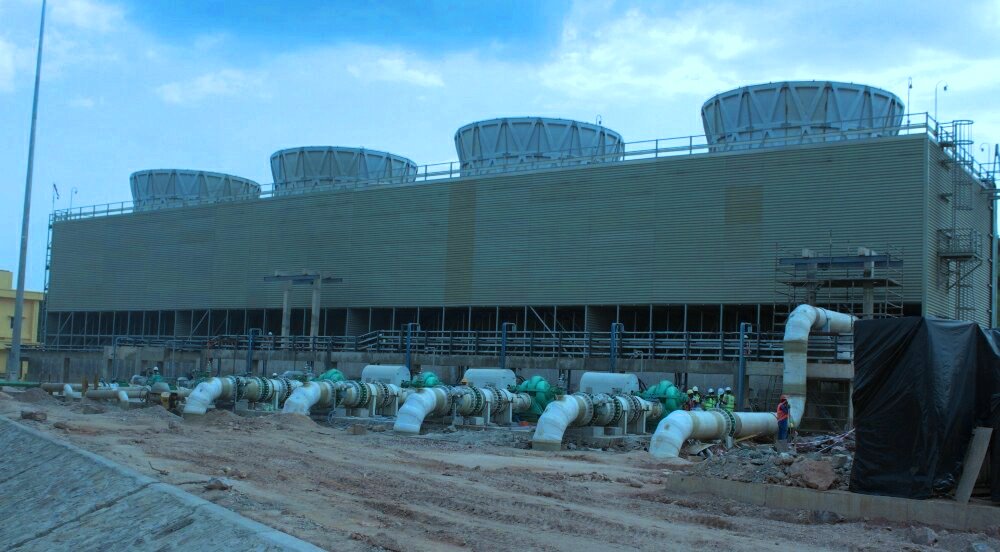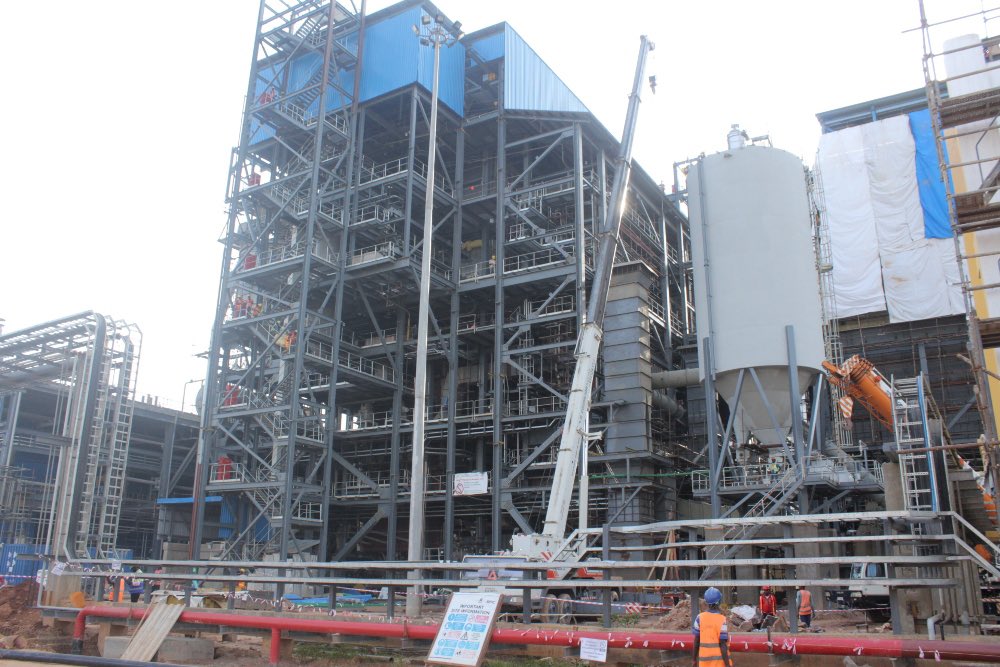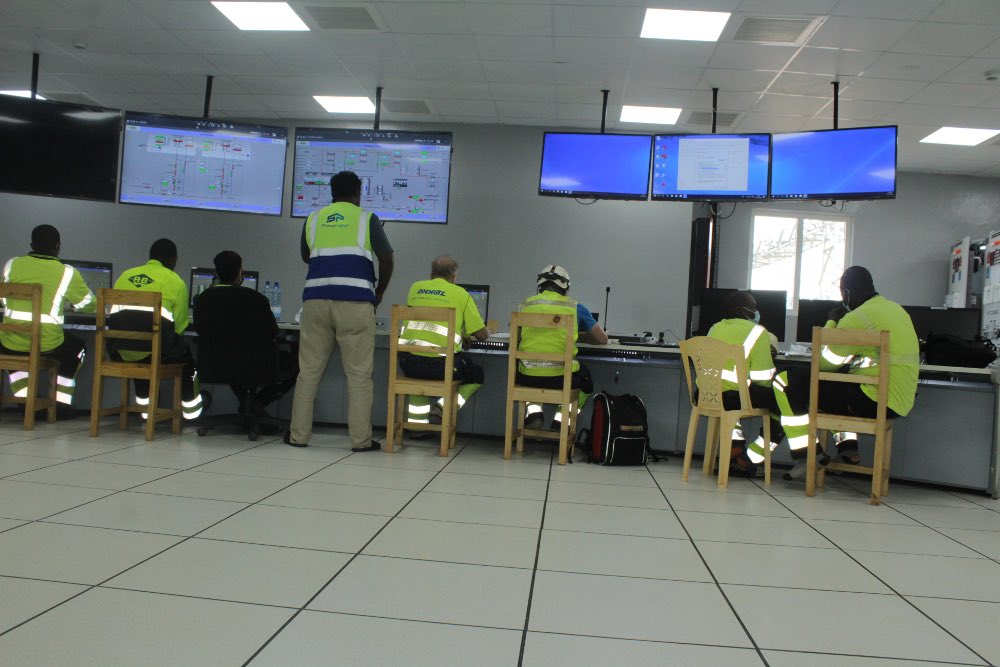
COVID-19 restrictions delayed completion of construction works.
Launching one of Rwanda’s largest Peat-fired power plants is expected to be delayed a few months as a result of technical complication caused by COVID-19 challenges, officials have said.
Construction works on the 80MW plant in Gisagara was launched in May 2017 and supposed to be completed in 36 month meaning that by June 2021 it was to go operational to increase national energy production capacity by up to 40 %.
Dominique Gubbini, the General Manager of HQ Power, the company behind the operations said that the launch dates have been delayed by lack of technical expertise.
“We faced challenges of delays caused by floods and also due to COVID-19 travel restrictions we were unable to transport technicians from India, Brazil and Europe who were supposed to enable the plant completion,” Gubbini told KigaliToday this weekend.
Gubbini revealed that after a long wait, the technical team managed to arrive in Rwanda last week and has embarked on completion works which will see the plant testing done in August if all conditions remain constant.
This according to the technical team on ground means that Rwanda will be able to have the plant produce its first electricity by October 2021.
The 80MW Peat-Fired Power Plant was constructed under a Build Operate, Own and Transfer (BOOT) basis with a Power Purchase Agreement and a cost $350million upon completion.

HQ Power will operate the plant for 26 years and thereafter transfer it to the Government of Rwanda adding to the 28MW
Rwanda plans to reach 100% electrification target by 2024. The rate of access to electricity in Rwanda has increased to 60.9%, including 45% of households connected to the grid and 15.9% using off-grid solutions, mainly solar home systems.
Currently, Rwanda generates 221MW and it targets 512MW by 2024 but the country has a diverse mix of renewable sources.
Hydro-power is the main contributor at 49%, followed by thermal (26%) and methane (14%) peat 7% and 4% solar energy- which is currently new growing source of energy.
Peat to Power in Rwanda
The enhanced power that will come from the Gisagara and Gishoma (15MW) peat-to-power plants in Gisagara and Rusizi Districts respectively is seen as an important part of the country’s development provision.
It’s estimated that there will be sufficient peat deposits to power Rwanda for 30 years, or some proportion of the country at least.
Peatlands are found across the world and research conducted by Finnish experts indicated that there are vast resources of peat in Rwanda that local residents have known about for years.
Rwanda peat study indicate that Rwandan peat bogs contain up to 155 million tonnes of dry peat covering a combined area of 50 000 hectares. About 77% of peat reserves are near Akanyaru and Nyabarongo rivers and the Rwabusoro Plains.
The study indicates a potential for electricity generation from exploitable peat reserves of about 150 MW for sod peat application and 117 MW for milled peat application based on 30 years of operation.

What is Peat?
Peat provides an effective energy source when dried, comprising a minimum of 30% organic matter.
Peat develops under anaerobic conditions, where waterlogging significantly slows or prevents the decomposition of dead vegetation.
As the vegetation grows in the surface layers, it absorbs atmospheric carbon through the process of photosynthesis.
When it dies, this carbon is stored in the accumulating substrate which is peat.
Additional reporting from MARIE CLAIRE JOYEUSE

